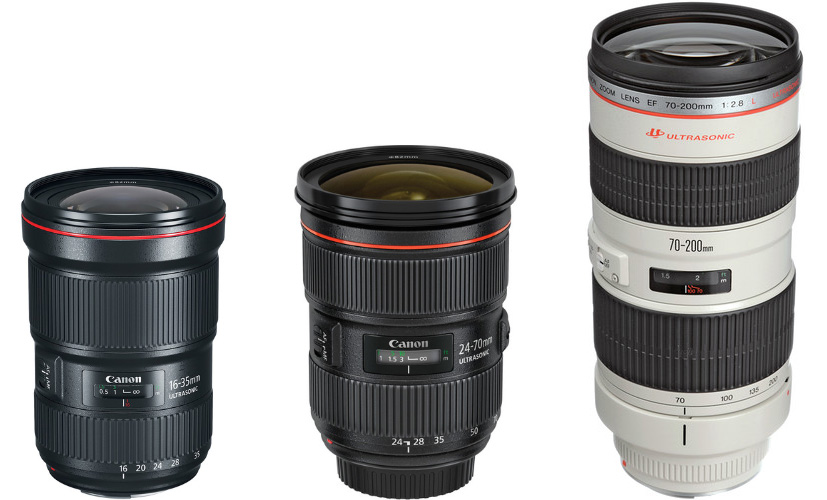A camera plus a skilled operator is a recipe for disaster. This may mean over-exposed images, poorly angled subjects or bad file transfers. The camera body alone shouldn’t just be your only focus when it comes to either purchasing or using a camera. The lenses you choose are absolutely vital to the type of photos you’d like to achieve. The question is, however, what lens should you use and why?
First things first are understanding the main categories of lenses. You have your prime lenses, zoom lenses, telephoto and wide. These are the most common types of lenses you’ll come across during your photo journey.
- Prime lenses

Prime lenses come with pros and cons, like anything you’ll encounter. It only has one set range that you can use. The upside to this is that prime lenses are much sharper than zoom lenses. The sharpness offers better lighting contrast and a better aperture overall.
2. Zoom lenses

Zoom lenses offer multiple ranges. The lower you go in range, the closer you get to the fish-eye effect. These lenses are better for shots that require movement and are easier to use if you’d like to stay in the same position but get different ranges.
3. Telephoto lenses

Telephoto lenses are essentially zoomed lenses on steroids. These lenses are mainly used for wildlife and nature photography. This also includes photography of the moon and stars as well. Telephoto lenses are very popular but very expensive.
4. Wide-angle lenses

Wide-angle lenses are beneficial for portrait photography, nature scenes, or simply capturing a large area. These lenses are also range-efficient, meaning they can cover different ranges, depending on the type you decide to use.
Now, my favorite type of lens is definitely the prime lens. Because I shoot with a canon and typically focus on a subject within a specific range, my go-to is the 50 mm 1.2 L-series lens and the 50 mm 1.8 lenses, known as the “nifty fifty.” These lenses are perfect for outdoor portraits and indoor scenes. Sometimes, however, the range may not allow me to use a 50 mm, so my next option is a 35 mm prime lens. These lenses are really great with portrait photography and offer great aperture settings for blurred backgrounds and sharp subjects.




















